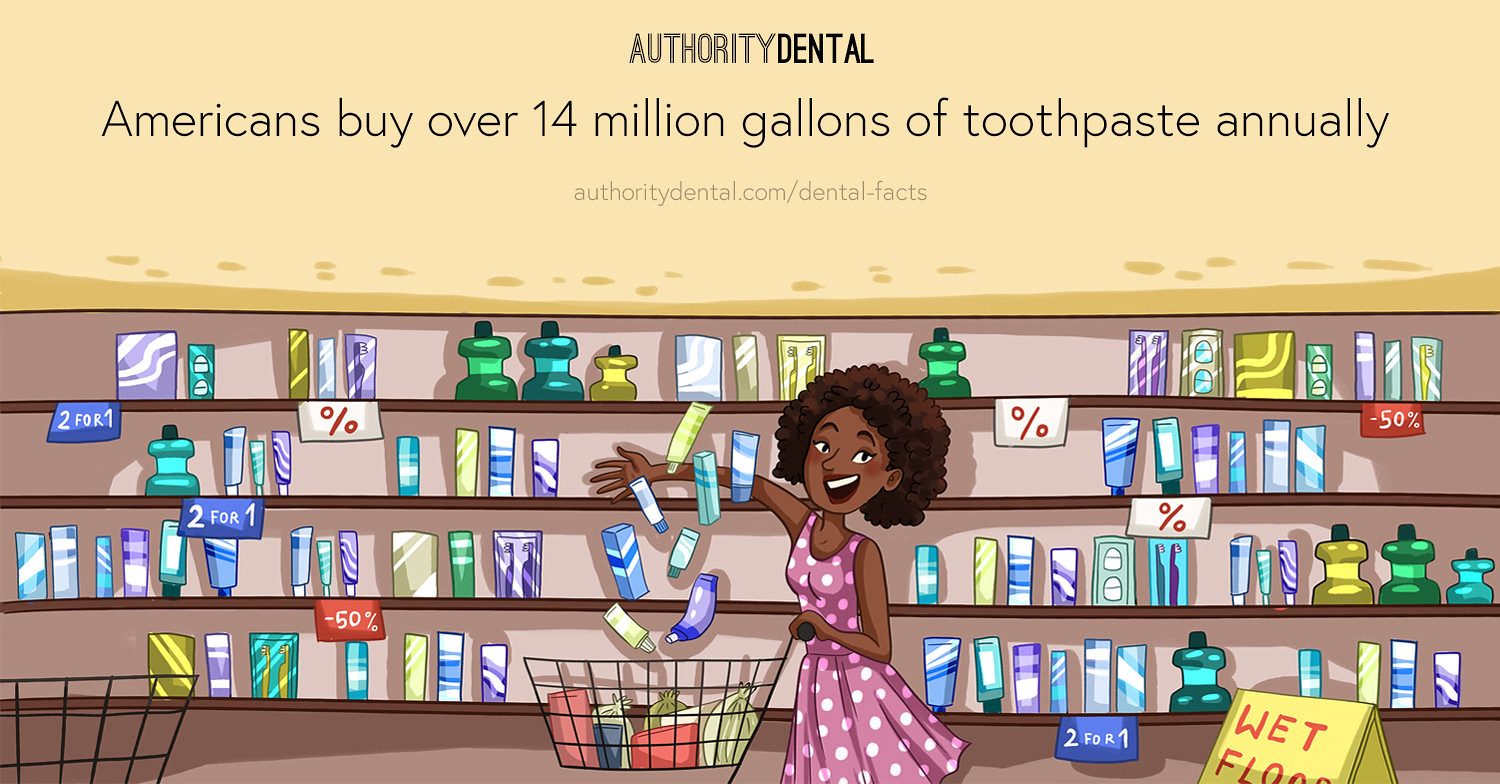In this post, we share five simple habits to keep your smile healthy during National Dental Hygiene Month.
Best & Worst Toothpaste Ingredients

Toothpaste seems simple. Grab a tube, brush your teeth, done. But not all toothpastes are created equal—and the ingredients can make a big difference in how well your toothpaste supports your smile.
At CarolinasDentist, we believe patients should feel confident about the products they use every day. That includes understanding what’s in your toothpaste and how it affects your oral health.
Ingredients That Help Protect Your Teeth
Some ingredients are backed by years of research and consistently shown to improve oral health. These are the ones worth looking for:
Fluoride: Still one of the most important ingredients in any toothpaste. It strengthens enamel and helps prevent cavities by slowing down acid damage and supporting natural remineralization.
Potassium Nitrate: Found in many sensitivity-focused toothpastes, this ingredient works by calming nerve signals in the teeth. It’s especially helpful if hot or cold foods cause discomfort.
Calcium Phosphate: A mineral that works well with fluoride to help repair weak spots in enamel. You might see it listed as “nano-hydroxyapatite.”
Xylitol: A sugar alcohol that actually reduces cavity-causing bacteria. It also stimulates saliva, which helps clean and protect teeth naturally.
Gentle Abrasives: Mild polishing agents like hydrated silica or baking soda help remove stains and plaque without wearing down enamel.
Ingredients That May Not Belong in Your Routine
Some toothpaste ingredients are added for texture, flavor, or marketing appeal—but not always for your oral health:
Sodium Lauryl Sulfate (SLS): A foaming agent that may irritate soft tissues and is linked to canker sores in sensitive individuals.
Artificial Dyes: Color doesn’t improve performance and may contribute to reactions or sensitivity, especially in kids.
Triclosan: A now-phased-out antibacterial agent with limited oral benefits and possible health concerns.
Charcoal: Heavily marketed for whitening, but often abrasive and not backed by strong clinical evidence. Many charcoal formulas also lack fluoride, which reduces their protective benefits.
Saccharin and Other Sweeteners: Improve flavor but don’t offer dental health benefits.
Choosing the Right Toothpaste: A Few Guidelines
To keep things simple, here’s what we suggest looking for:
A fluoride-containing formula (unless advised otherwise by your dentist)
Products with the ADA Seal of Acceptance—it means the claims have been independently verified.
If you experience sensitivity, dry mouth, or are at higher risk for decay, ask your dentist for specific product recommendations.
Minimal dyes or harsh additives if you tend to react to common ingredients
If you’re unsure, bring your current toothpaste to your next appointment—we’re happy to take a look.
Customized Oral Hygiene Advice at CarolinasDentist in North Carolina
There’s no one-size-fits-all answer when it comes to toothpaste. At CarolinasDentist, we take the time to understand each patient’s oral health history, goals, and sensitivities. That includes offering guidance on toothpaste ingredients that support your needs—not just the latest trend.
Whether you’re dealing with enamel erosion, gum sensitivity, or just looking for a daily toothpaste that checks all the right boxes, we’re here to help you make an informed choice. If you’re not sure what’s right for you, bring your current toothpaste to your next visit. We’re happy to review it with you and suggest options backed by research—not just marketing.
Your toothpaste plays a small but consistent role in your oral health—and choosing the right one can have lasting effects.
Image from Authority Dental under CC 2.0











